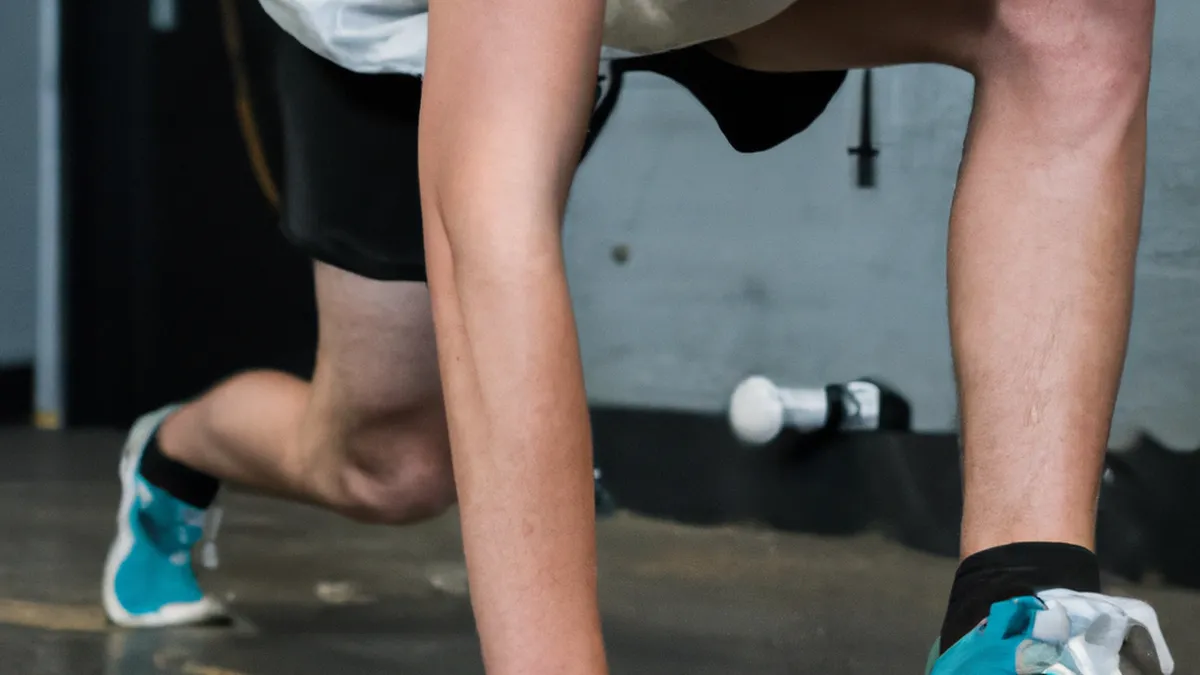Avoid Injury: Strength Training Tips for Runners
As an Amazon Associate I earn from qualifying purchases.
Gear tip: consider breathing trainer, mindfulness journal, and noise cancelling headphones to support this topic.
Strength Training for Injury Prevention in Runners
Running keeps you fit and healthy. However, many runners experience injuries that disrupt their training. Strength training can significantly lower the risk of these injuries. By adding strength training to your routine, you improve performance and protect your body. This blog post shares effective strength training tips and benefits for runners.
Why Strength Training Matters for Runners
Running puts significant stress on your muscles and joints. This stress often leads to injuries, especially with weak muscles. Stronger muscles provide better joint support. This support absorbs impact and reduces common running injuries like shin splints and knee pain.
Common Running Injuries
Runners face various frustrating injuries, including:1. **Plantar Fasciitis**: Heel and foot pain.2. **Runner’s Knee**: Pain around the kneecap.3. **IT Band Syndrome**: Pain on the outside of the knee.4. **Achilles Tendonitis**: Pain in the back of the heel.These injuries often stem from muscle imbalances and weaknesses. Therefore, strength training addresses these issues effectively.
Strength Training Tips for Runners
Incorporating strength training into your routine can be simple. Here are effective tips to help you start.
Focus on Key Muscle Groups
Concentrate on specific muscle groups. These include:- **Core Muscles**: A strong core stabilizes your body and improves posture.- **Leg Muscles**: Strengthen quadriceps, hamstrings, calves, and glutes. These muscles power your runs.- **Hip Muscles**: Strong hips enhance your stride and prevent injuries.
Incorporate Functional Movements
Functional movements mimic running patterns. They improve strength that translates to better performance. Consider these exercises:- **Squats**: Build strength in your legs and core.- **Lunges**: Improve balance and strengthen hip muscles.- **Deadlifts**: Effectively target your hamstrings and glutes.
Train with Resistance
Use resistance bands or weights to enhance strength training. Start with lighter weights and gradually increase resistance. Aim for two to three strength training sessions each week. This frequency allows recovery while building strength.
Advice for Implementing Strength Training
Transitioning to a strength training routine can feel daunting. However, the right approach makes it enjoyable and effective.
Set Realistic Goals
Set achievable goals. For example, aim for two strength training sessions each week. Track your progress to stay motivated. Celebrate milestones like increasing weights or mastering new exercises.
Listen to Your Body
Pushing your limits is important, but listen to your body. If you feel pain or discomfort, take a break. Overtraining can cause injuries. Rest days are as crucial as workout days.
Work with a Professional
If you’re unsure where to start, consider a personal trainer or coach. They can create a tailored program for your needs. A professional teaches you proper form to prevent injuries.
Benefits of Strength Training for Runners
Strength training provides numerous benefits for runners. Here are key advantages:
Improved Performance
Stronger muscles enhance running efficiency. This improvement leads to faster times and longer distances. Increased strength results in greater endurance and speed.
Reduced Injury Risk
Strength training reduces the risk of injuries. Stronger muscles support your joints better. This support absorbs shock and minimizes running impact.
Enhanced Recovery
Strength training aids recovery. Strong muscles help repair tissues after runs. This process decreases soreness and improves readiness for your next workout.
Conclusion
Strength training is vital for any runner’s training regimen. Focus on key muscle groups and incorporate functional movements. Set realistic goals, listen to your body, and consider professional guidance. Embrace strength training’s benefits to enjoy fewer injuries and improved performance. Start today, and watch your running transform!
Below are related products based on this post:
FAQ
Why is strength training important for runners?
Strength training is crucial for runners because it helps strengthen muscles that support joints, reducing the risk of injuries. Stronger muscles absorb impact better, which can prevent common running injuries such as shin splints and knee pain. This additional strength also enhances overall running performance.
What common injuries do runners face?
Runners often experience injuries like plantar fasciitis, runner’s knee, IT band syndrome, and Achilles tendonitis. These injuries typically result from muscle imbalances and weaknesses, which can be effectively addressed through strength training.
How can I incorporate strength training into my running routine?
You can incorporate strength training by focusing on key muscle groups such as the core, legs, and hips. Functional movements like squats, lunges, and deadlifts are effective exercises. Aim for two to three strength training sessions each week, using resistance bands or weights to enhance your workouts.















Post Comment